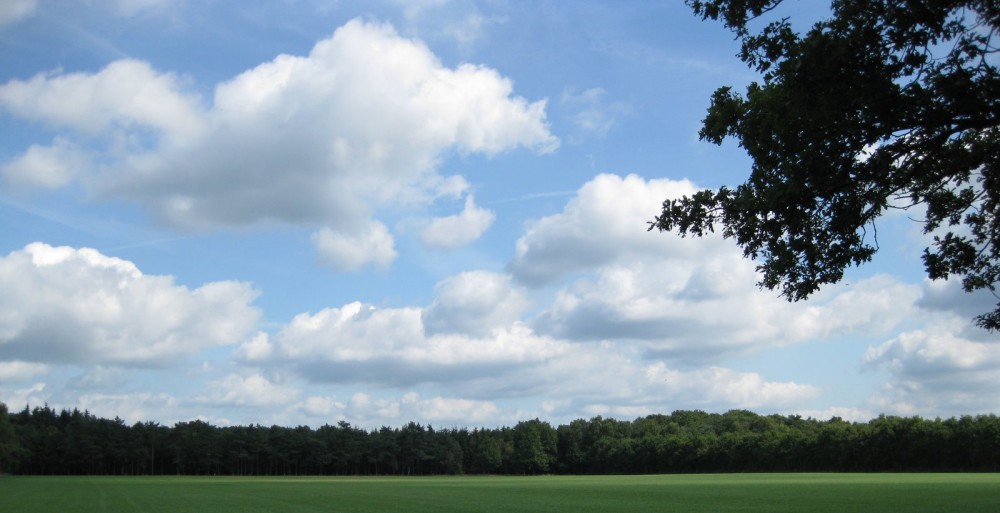The nondualist difficulty with theism (from Nonduality in the Bhagavad-Gita, in Nonduality, A Study in Comparative Philosophy, by David Loy, 1988, Amherst, New York, 1998, p.290-291, spelling slightly modified)
The nondualist difficulty with theism is not just that God is a person, but that this person is an ‘other’ to us – ‘Wholly Other’ as the early Karl Barth stressed and later repudiated. Of course, the two concepts are closely related. My awareness of being a person is dependent on there being other persons; a sense of self arises only in dialectical relation to other selves. Then is God a person only in relation to myself? If so, what will happen if I ‘merge’ with God – which is the goal of most theistic mystics, just as nondualists wish to realize their oneness with Brahman, and so on. In this union with God, I am of course transformed – but then won’t God be transformed too? Into what?
In samadhi the meditator seems to merge with the object of his concentration; my awareness of the object (physical or mental) is no longer distinguishable from the object. Usually this is only a temporary trance state, for the mind later becomes preoccupied with thoughts again. But the nondualist claims that this is not a delusion. On the contrary, it is a glimpse of the true nondual nature of phenomena: they are not other than ‘my’ mind. Because he was able to let his individual mind and body “drop away”, Dogen realized that “mind is nothing other than mountains and rivers and the great wide earth, the sun and the moon and the stars” – the essential Mahayana claim that is equally crucial to Advaita. But unlike Buddhism, Advaita finds a role for God in Shankara’s distinction between Saguna (with attributes, i.e. Ishvara) and Nirguna (without attributes, i.e. completely empty of any phenomenal characteristics) Brahman. The transcendental latter, like Meister Eckhart’s Godhead, is inactive and immutable, whereas the former is not immanent ‘in‘ the world but ‘is’ the wold as the totality of Brahman’s self-luminous manifestations. Yet how is this description of Saguna Brahman equivalent to God? And, more generally, how can we understand the relation between these two Brahmans?
Shankara says that Brahman reflected in maya [illusion] is Ishvara (God), whereas Brahman reflected in avidya [delusion, ignorance] is the jiva (ego-self). Given that Shankara (unlike Gaudapada) generally seems to identify maya with avidya, this seminal statement must mean that the mystical experience of God as the true nature of the phenomenal world is still somewhat illusory (maya), the ‘other side’ of the delusion (avidya) of myself as still other than the world. A bit of maya persists if I perceive Brahman (Eckhart’s deitas) as God, but only because I experience him as other than myself. God is the Absolute viewed from outside, as it were: still a bit dualistically. Then the Impersonal Absolute is the true nature of God – nondual because completely incorporating ‘my’ consciousness as well. In other words, to experience God is to forget oneself to the extent that one becomes aware of a consciousness pervading everywhere and everything. To experience the Godhead/Absolute is to ‘let go’ completely and realize that consciousness is nothing other than ‘me’, fully becoming what I have always been. The sense of ‘holiness’ (Rudolf Otto’s ‘the numinous’) is not something added onto the phenomenal world in such mystical experiences but is an inherent characteristic of ‘my’ self-luminous mind, although realized only when its true nature is experienced.
